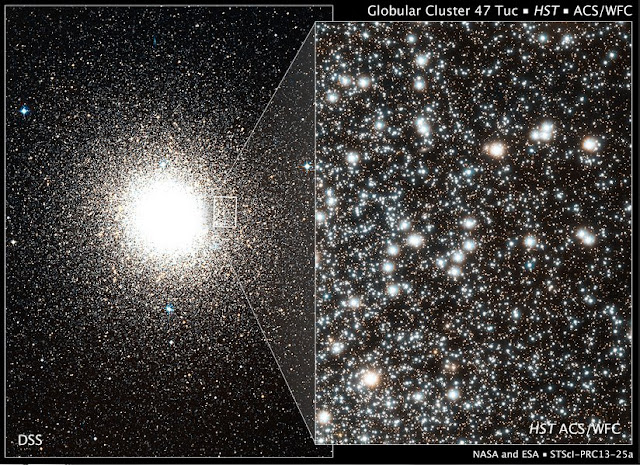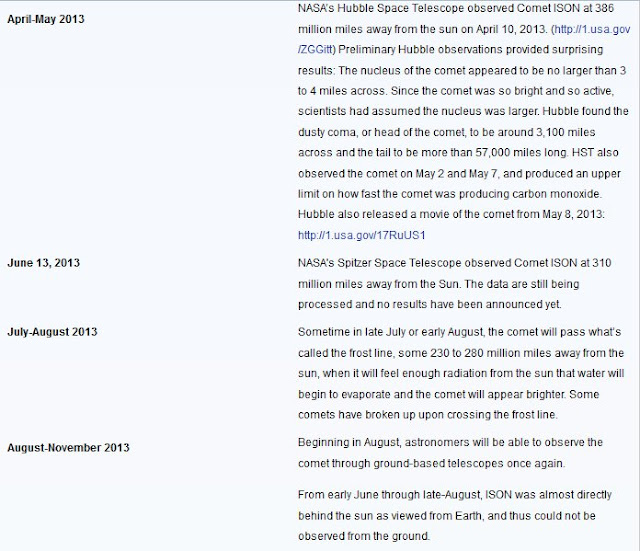ESA - Cluster II Mission patch.
18 July 2013
Scientists have discovered a missing piece in the puzzle of where high-energy particles in Earth's magnetosphere come from. Using data from ESA's Cluster mission, they found that magnetic reconnection can accelerate electrons to very high energies - as long as reconnection happens at a variable pace rather than steadily. The result will improve predictions of space weather, studies of fusion plasma, and the understanding of astrophysical environments affected by magnetic fields.
Unsteady magnetic reconnection in Earth's magnetosphere. Credit: ESA/ATG medialab
From the magnetosphere of Earth and the atmosphere of stars to the interstellar medium, plasma pervades space. Studying this state of matter consisting of charged particles – electrons, protons, and heavier ions – is vital to our understanding of a range of natural and artificial phenomena.
The properties of plasma are strongly shaped by the presence of magnetic fields. In some cases, this interaction can accelerate particles – mainly electrons – to very high energies. In Earth's magnetosphere, high-energy electrons can disrupt GPS transmissions and even endanger the health of astronauts involved in spacewalks.
A team of scientists, led by Huishan Fu from the Swedish Institute of Space Physics in Uppsala, Sweden and Beihang University in Beijing, China, used ESA's Cluster mission to investigate how particles are accelerated by directly probing plasma in Earth's magnetosphere.
Their study, which is published in Nature Physics, examines how particles are energised by a phenomenon that is known to take place in plasma – magnetic reconnection. They show that as long as the reconnection is unsteady, it can accelerate electrons to very high energies.
"Magnetic reconnection happens at the collision of two flows of plasma with magnetic fields that are oriented in opposite directions," explains Fu.
"In the process, the magnetic field lines are broken and immediately rearranged in a new configuration; at the same time, two jets of high-speed plasma are launched from the site of magnetic reconnection into opposite directions."
Magnetic reconnection is an efficient mechanism to transfer the energy stored in the magnetic field to the kinetic energy of particles in the plasma.
In the Solar System, magnetic reconnection may take place in the solar wind as it travels through interplanetary space, as well as in the magnetosphere of planets that possess a magnetic field.
Scientists know that magnetic reconnection can accelerate particles and produce high-energy electrons. Whether acceleration happens every time as a result of reconnection, however, was still an open issue.
"We know that electrons are accelerated up to 100 keV, and even more, after magnetic reconnection in the magnetotail, the tail of Earth's magnetosphere which points away from the Sun," says co-author Mats André from the Swedish Institute of Space Physics in Uppsala, Sweden. "But for some reason the same thing doesn't seem to happen during reconnection in the interplanetary solar wind."
"This was clearly a signature of something more fundamental underneath, but we didn't know what that was," he adds.
So the scientists browsed the Cluster archive looking for magnetic reconnection events in the tail of the magnetosphere.
Acceleration of electrons caused by unsteady magnetic reconnection. Credit: ESA/ATG medialab
"The data we analysed were taken as the Cluster spacecraft were in the trajectory of the jet launched from the site of magnetic reconnection and directed to Earth, so we could directly sample the plasma particles in situ and probe the properties of the jet."
The scientists noticed an interesting structure in this jet as it travelled towards Earth: it turned out not to be a single jet but two distinct ones, launched with a time difference of about 25 seconds. And, each of the two Earthward jets showed a finer structure, with the bulk velocity of plasma increasing in the leading part of the jet and decreasing in the following part.
"This is a textbook recipe for particle acceleration: in the part of the jet where velocity is rising, the magnetic field is compressed by the high-speed flow, and the magnetic field lines get close to one another," explains André.
"This boosts the magnetic field and 'traps' the particles, forcing them to interact repeatedly with the magnetic field: eventually, this turns out to be a very efficient accelerator of electrons," he adds.
The study by Fu and his collaborators shows that, like in artificial accelerators, the acceleration of electrons in the magnetotail advances via a sequence of mechanisms. First, unsteady magnetic reconnection speeds up plasma particles in the jets. Then the magnetic field lines are compressed, accelerating the electrons via the betatron or Fermi acceleration mechanisms.
While in artificial accelerators the first steps of the process must be induced by external electric and magnetic fields, in space the acceleration process is triggered by naturally occurring electric and magnetic fields within the plasma.
"In the tail of Earth's magnetosphere, the origin of the acceleration appears to be in the fine structure of the jets. We think that this structure arises because the magnetic reconnection is happening at an unsteady rate," says Fu.
Such an erratic rate of reconnection can be caused by temporal variability in the speed of the inflowing plasma that triggers the process, or by turbulence that develops directly in the magnetic reconnection site.
"Unsteady magnetic reconnection is a well-known phenomenon, but up until now nobody had studied it in relation to high-energy electrons," comments Fu.
"For the first time, our study proved that the two processes are intimately linked."
The scientists compared these data with observations of magnetic reconnection taking place at a uniform pace in the interplanetary solar wind, and confirmed that, without the unsteady rate of reconnection, electrons are not accelerated to high energies.
"We have finally grasped how exactly magnetic reconnection gives rise to high-energy electrons," comments Philippe Escoubet, Cluster Project Scientist at ESA.
"This will deepen our understanding of the behaviour of energetic particles in a variety of environments where unsteady reconnection takes place, from fusion plasma to places like the centre of our Galaxy or the chromosphere of stars.
"It will also improve our ability to predict space weather, since the electrons that are accelerated by unsteady reconnection feed the population of energetic particles in the Van Allen radiation belts."
Notes for editorsThe study presented here is based on data gathered by one of the spacecraft (C1) of ESA's Cluster mission on 23 August 2006.
The data were collected during and after a magnetic reconnection event in the tail of Earth's magnetosphere. Data analysis revealed that the reconnection, which proceeded at an unsteady rate, eventually resulted in accelerating electrons in the plasma to very high energies via two mechanisms: betatron and Fermi acceleration.
The betatron mechanism, in which a time-varying magnetic field is responsible for increasing the energy of the electrons, was originally described by Norwegian physicist Rolf Widerøe in 1928. This mechanism was also applied to artificial particle accelerators by American physicist Donald Kerst, who constructed one of the first machines to produce high-energy electrons on the ground.
Fermi acceleration, which was first suggested by Italian-American physicist Enrico Fermi in 1949, is a mechanism whereby particles are energised by repeatedly bouncing off the turbulent magnetic field, which results in a net and substantial gain of energy. This may take place in the turbulent plasma associated with magnetic reconnection in the magnetotail.
Cluster is a constellation of four spacecraft flying in formation around Earth. It is the first space mission able to study, in three dimensions, the natural physical processes occurring within and in the near vicinity of the Earth's magnetosphere. Launched in 2000, it is composed of four identical spacecraft orbiting the Earth in a pyramidal configuration, along a nominal polar orbit of 4 × 19.6 Earth radii (1 Earth radius = 6380 km). Cluster's payload consists of state-of-the-art plasma instrumentation to measure electric and magnetic fields over wide frequency ranges, and key physical parameters characterising electrons and ions from energies of near 0 eV to a few MeV. The science operations are coordinated by the Joint Science Operations Centre (JSOC) at the Rutherford Appleton Laboratory, United Kingdom, and implemented by ESA's European Space Operations Centre (ESOC), in Darmstadt, Germany.
Related publications:H. S. Fu, Yu. V. Khotyaintsev, A. Vaivads, A. Retinò & M. André, "Energetic electron acceleration by unsteady magnetic reconnection", 2013, Nature Physics, published online 23 June 2013. DOI: 10.1038/nphys2664
For more information about Cluster Mission, visit:
http://sci.esa.int/cluster/Images (mentioned), Text, Credit: ESA.
Cheers, Orbiter.ch

+satellite+2.jpg)
+satellite.jpg)






























+on+April+10,+2013.jpg)
















.jpg)
